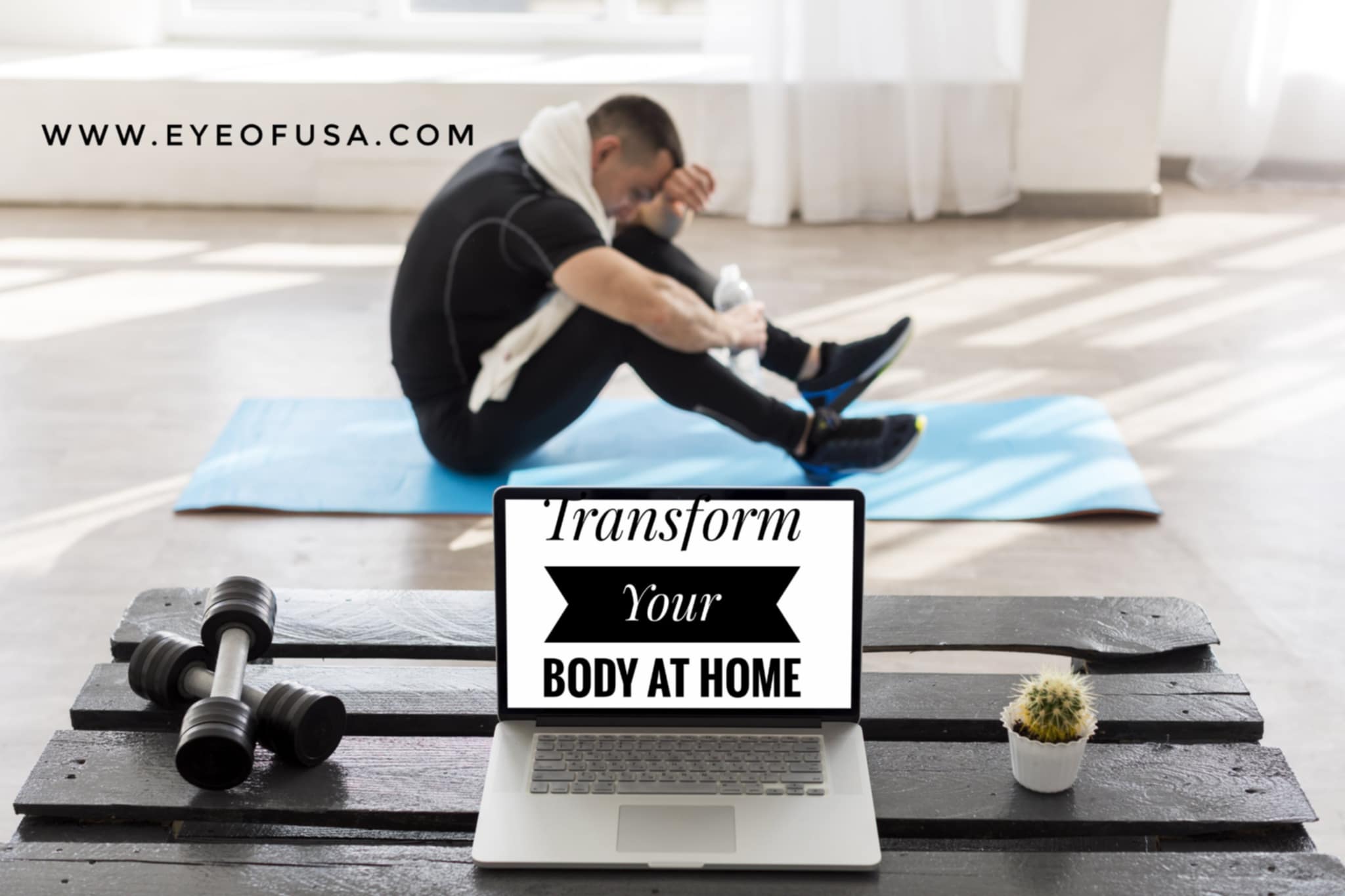Q1: Why is it important to stay fit at home, especially without equipment?
A: Staying fit at home, especially without needing equipment, has become a popular choice. It’s cost-effective, convenient, and allows you to work out on your schedule. With no equipment, you can exercise anywhere – in your living room, backyard, or even while traveling. Plus, it’s a great way to stay active without spending on gym memberships or costly machines.
Q2: What are the main benefits of home workouts without equipment?
Home Fitness Without Gym Equipment: Get Fit at Home Easily
A: Home workouts without equipment offer a range of benefits:
Cost-Effective: No need to invest in weights or machines.
Flexible: Exercise anytime, anywhere, no gym hours required.
Time-Saving: No commute to a gym; just jump into a workout when you’re ready.
Mental Health Boost: Regular exercise at home can help reduce stress and improve mood.
These benefits make no-equipment workouts ideal for anyone wanting a simple, sustainable fitness routine.
Q3: What are the key elements of an effective no-equipment workout?
A: To get the best results from a home workout without equipment, focus on three key parts:
- Warm-Up: Prepare your body with moves like jumping jacks, arm circles, and high knees.
- Bodyweight Exercises: These exercises use your body weight for resistance and are highly effective.
- Cool Down: Finish with stretches and deep breathing to aid recovery.
Q4: What are some of the best bodyweight exercises for a full-body workout?
A: A no-equipment workout can target your entire body with these exercises:
Upper Body: Push-ups, tricep dips, and planks strengthen the chest, shoulders, and arms.
Lower Body: Squats, lunges, and glute bridges work the legs and glutes.
Core: Bicycle crunches, Russian twists, and leg raises engage your core muscles.
Cardio: Burpees, mountain climbers, and high knees add a heart-pumping cardio boost.
These exercises can be combined to create a balanced workout that improves strength and endurance.
Q5: Can you provide a sample beginner workout routine?
A: Sure! Here’s a simple 20-minute circuit you can try:
Circuit: Do each exercise for 30 seconds, rest for 10 seconds, and repeat the circuit 3 times.
- Jumping Jacks
- Push-Ups
- Squats
- Plank (hold for 30 seconds)
- Bicycle Crunches
This routine is perfect for beginners and offers a complete workout in just 20 minutes.
Q6: How can I stay consistent with my home workouts?
A: Here are some tips to stay motivated:
Set Realistic Goals: Aim for small, achievable goals each week.
Track Your Progress: Keep a workout journal to stay accountable.
Find a Support System: Invite a friend to join or join an online fitness community.
Create a Dedicated Space: Set up a small corner for exercise to build the habit.
Consistency is key, so create a schedule that’s easy to stick to.
Q7: Are there other ways to boost fitness results without equipment?
A: Absolutely! Here’s how:
Nutrition: Focus on whole foods, lean protein, and vegetables to support your workouts.
Sleep: Quality sleep is essential for muscle recovery and energy.
Mental Health: Practicing mindfulness and managing stress can help you stay motivated and enjoy your workouts.
Healthy eating, sleep, and a positive mindset can maximize your fitness results without any equipment.
Q8: What common mistakes should I avoid in home workouts?
A: Some common mistakes in home workouts include:
Skipping Warm-Ups and Cool-Downs: These are essential to prevent injury.
Overdoing It: Avoid high-intensity exercises if you’re a beginner; focus on form first.
Ignoring Balance: Ensure a mix of exercises for different muscle groups to prevent overuse.
By avoiding these mistakes, you’ll get better results and lower your risk of injury.
Q9: What’s the best way to stay motivated for no-equipment home fitness?
A: Start small, set achievable goals, and remind yourself of the benefits of staying fit. Home workouts can be done on your terms, giving you flexibility and convenience. Remember, the key to success is consistency.
Conclusion
Home fitness without gym equipment is an effective, affordable way to stay healthy and fit. With bodyweight exercises, dedication, and a little space, you can achieve impressive results right from home. Ready to start? Jump into your first workout today!
Visit www.eyeofusa.com for more tips and routines on home fitness and wellness!

